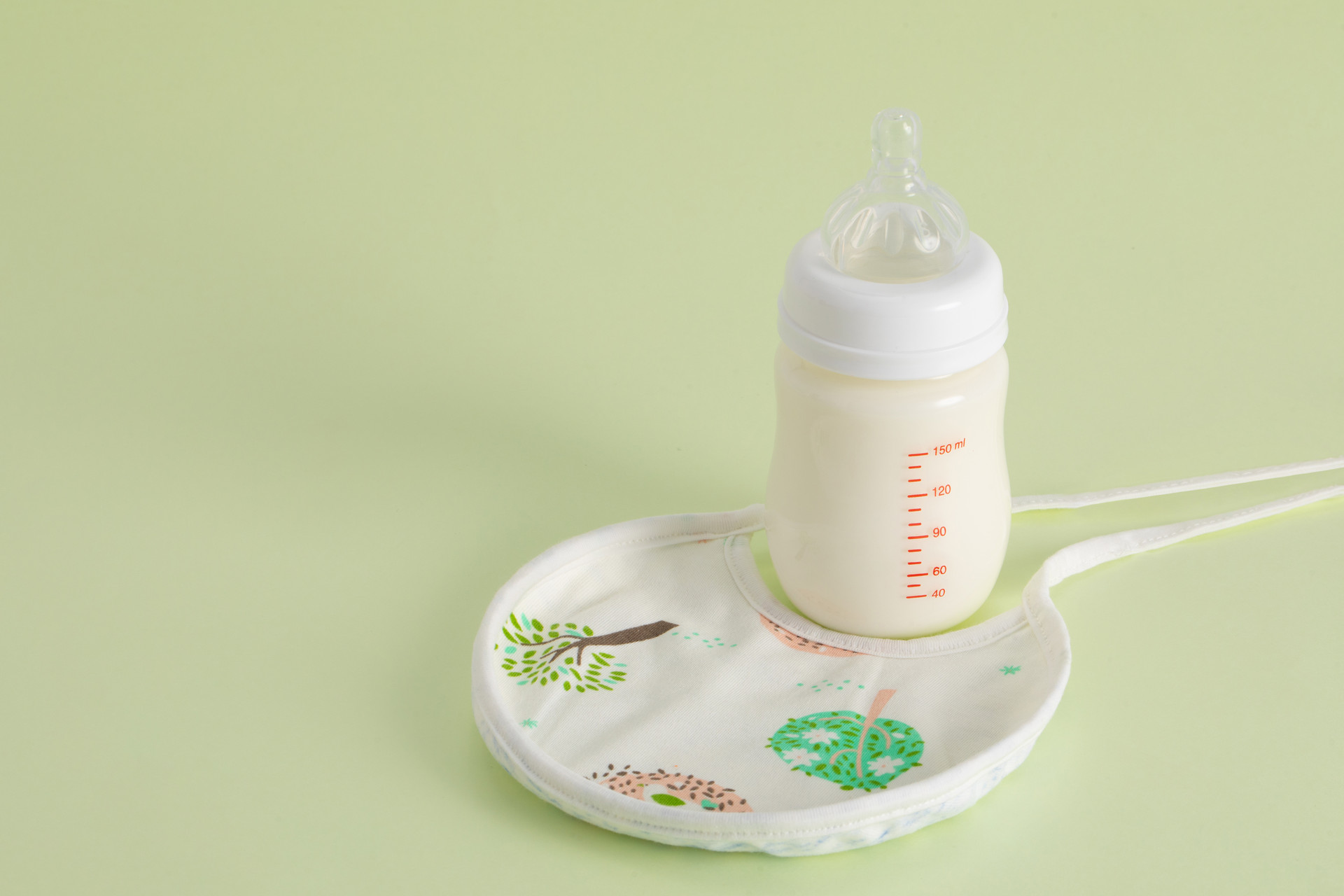Childhood anorexia is a common eating problem in children. It mainly refers to the symptoms of long-term loss of appetite or lack of appetite in babies. Most cases of childhood anorexia are caused by improper diet or unhealthy habits. So, what should be done about childhood anorexia? And what are the dietary therapies that can be used for treatment?
Causes of Childhood Anorexia
1. Improper diet
Excessive consumption of snacks, drinking large amounts of beverages before meals, and lack of concentration during meals (such as listening to stories or watching TV while eating) can disrupt or inhibit the secretion of gastric acid and digestive enzymes, thus reducing the child's appetite.
2. Forced feeding
Parents who excessively worry about their child's inadequate nutrition, slow weight gain, and small appetite often force the child to eat, greatly affecting the child's emotions and gradually forming conditioned reflexive refusal to eat, ultimately developing into anorexia.
3. Acute and chronic diseases
Systemic diseases such as tuberculosis, collagen diseases, anemia, and some chronic infections, gastrointestinal diseases such as peptic ulcers, acute and chronic hepatitis, heart failure, and gastrointestinal congestion for various reasons, as well as various causes of chronic diarrhea and constipation, are common causes of anorexia.
4. Zinc deficiency anorexia
If there is no other explainable reason for the child's anorexia, blood or hair zinc concentration tests can be done.
What to Do About Childhood Anorexia?
1. Cultivate healthy eating habits
The child should have regular and moderate meals from an early age. If there are three meals a day, the interval between each meal should be about 4-5 hours; if there are four meals a day, the interval between each meal should be about 3-4 hours. Try to let the child eat by themselves, as this can increase their interest in eating.
2. Control infant snacks
The intake of snacks and beverages by the child should be controlled. If necessary, the child can be given a small amount of fresh fruits, yogurt, or fruit juice.
3. Encourage physical activity
Allow the child to participate in household chores within their capabilities and engage in appropriate physical exercise. This can help expend energy, promote the secretion of digestive juices, and increase appetite.
4. Improve the child's eating environment
Eating should take place in a stable and quiet place with a relaxed and pleasant atmosphere. A pleasant mood can stimulate the feeding center of the cerebral cortex, increase appetite, and before meals, the child can be given some sour fruits like hawthorn to stimulate gastric acid secretion.
Dietary Therapies for Childhood Anorexia
1. Radish pickle
Ingredients: 150g radish, 100g cucumber, sugar, salt, vinegar as needed.
Instructions: Peel and shred the radish, grate or slice the ginger, wash and slice the cucumber. Mix well with sugar, salt, and vinegar.
Effect: Refreshing and delicious radish pickle can be considered as an appetizer of choice. Among all vegetables, radish has the most ideal effect in relieving fatigue, especially in relieving bloating.
2. Pineapple apple juice
Ingredients: 1 apple, 1/6 pineapple, 200ml cold water.
Instructions: Peel and dice the pineapple and apple. Blend them with water in a juicer until well mixed.
Effect: Pineapple has the highest enzyme content among fruits. Drinking a glass of pineapple apple juice between meals can not only help with appetite through the rich enzymes but also provide vitamin C, which is very beneficial for health, especially suitable for babies who do not want to eat.











